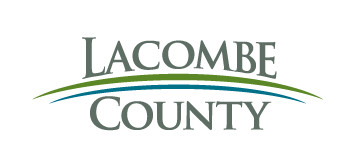To prepare an estimate of value the Assessor needs to know about your property. The MGA authorizes the Assessor the “Right to enter on and inspect property” so long as the owner/occupier has been given notice and informed of the purpose of inspection is to prepare an assessment of the property. Notification of inspection is published in the monthly County News, on the website, and may be provided in a request for information letter. Information typically gathered on a property includes the type, size, age, and characteristics (e.g. heating type, plumbing fixtures, interior finish) of improvements, and the ‘property class' based use of the improvement/property (e.g. residential, farm, commercial, industrial/manufacturing – a property may be dual or multi-purpose, residential & industrial), etc.
Data collection may be in the form of a physical inspection, in-person or phone interview, by mail-in questionnaire or survey or using electronic data available through photos, land titles, etc. The MGA also states an owner has a “Duty to provide information” to the Assessor when requested or he/she may not be able to make a complaint about the assessment to the Assessment Review Board.
Your assessment is only as accurate as the information collected by the Assessor.
If you have recently purchased the property, the Assessor may also ask for information about the sale to determine if it can be used as an indication of typical market conditions. This may include asking: “What the use of the property was at the time of sale? Was it serviced? Was it purchased from a family member or close business associate, or an inheritance? Was there any personal property (e.g., appliances, tools, equipment) included? Have there been any changes to the property since the sale?”



